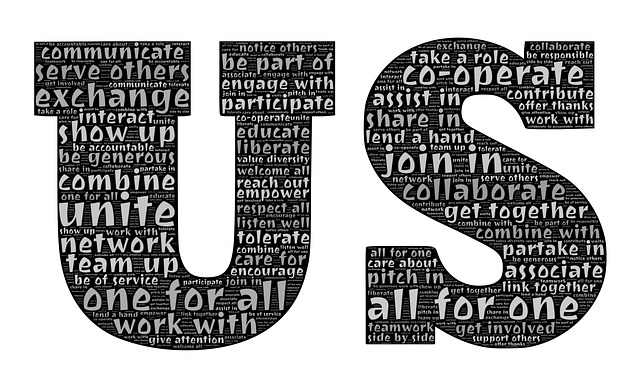In a previous post, I highlighted the role that self-awareness and agency (control over one’s work environment) play in developing and sustaining mental health in the workplace. Narcissistic managers undermine self-awareness and block the achievement of agency by managers and staff.
The negative impact of narcissistic managers on self-awareness and agency in the workplace
Narcissistic managers through their distorted self-belief, words and behaviour undermine genuine self-awareness of subordinates by modelling an inflated view of themselves, seeking scapegoats to assign blame even when it is not warranted (and they are to blame) and causing subordinates to doubt their own competence and sanity.
Narcissistic managers also block the development of agency amongst subordinate managers and staff by their micromanagement, unpredictability, unrealistic and unreasonable workplace demands and dishonesty.
The result of this frustration of agency and the underpinning self-awareness, is a toxic workplace that is injurious to the mental health of subordinates and the narcissistic managers themselves. Action learning interventions challenge the values of narcissistic managers and work to reduce their negative impact on the mental health of subordinate managers and staff in a workplace.
Action learning: a challenge to the values of narcissistic managers
Action learning interventions in toxic work environments can help to reduce the negative impact of narcissistic managers through the development of self-awareness amongst subordinate managers and staff and the growth of managerial and employee agency within the organizational unit involved. I have previously described an action learning intervention, undertaken by Rod Waddington in an educational institution, designed to reduce the negative impacts of a toxic work environment.
If we examine the characteristics of narcissistic managers, we can readily see that the underpinning values of such a manager are in direct opposition to those of action learning – the former involves destruction of agency, abuse, divisiveness, exclusiveness, resistance to ideas from managers and staff and an autocratic style of management. Action learning, in contrast, involves increased agency, mutual respect, collaboration, inclusiveness, openness to ideas from managers and staff and a participative style of management.
While the narcissistic manager creates divisiveness through blaming, favouritism and exclusiveness, action learning overcomes this ‘divide and conquer’ approach through the power of collaboration built through mutual respect and inclusiveness. The contrast in values described above reinforces the need to undertake an organization intervention designed to embed a new set of values where a toxic work environment exists. In Rod’s action learning intervention, the participant managers undertook a “values advocacy campaign” – designed to replace the existing demeaning value set with values that enrich the working environment and nurture engagement, creativity and commitment.
When you enable agency through action learning, managers must take up the responsibility that goes with it, including the need to let go of control and create opportunities for staff growth and development through delegation of authority. This grows the manager’sown positive influence while contributing to the sense of agency of staff and the mental health of all concerned.
As people develop self-awareness and agency in their workplace through action learning, they grow in mindfulness and the capacity to act constructively on their environment in the present moment, rather than being focused on the uncertainty, doubt and instability that arises in a toxic work environment.
By Ron Passfield – Copyright (Creative Commons license, Attribution–Non Commercial–No Derivatives)
Image source: courtesy of johnhain on Pixabay
Disclosure: If you purchase a product through this site, I may earn a commission which will help to pay for the site, the associated Meetup group and the resources to support the blog.


